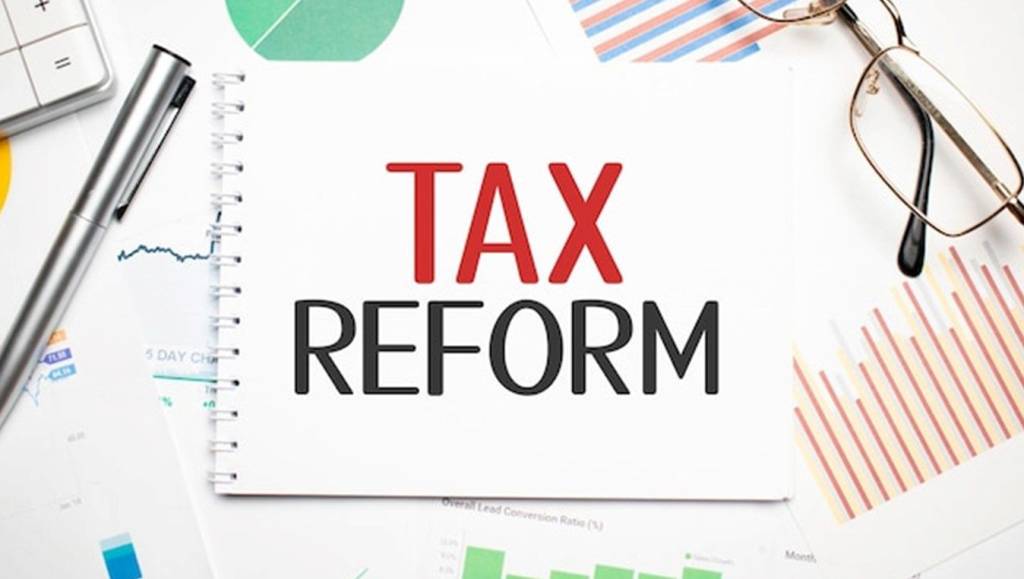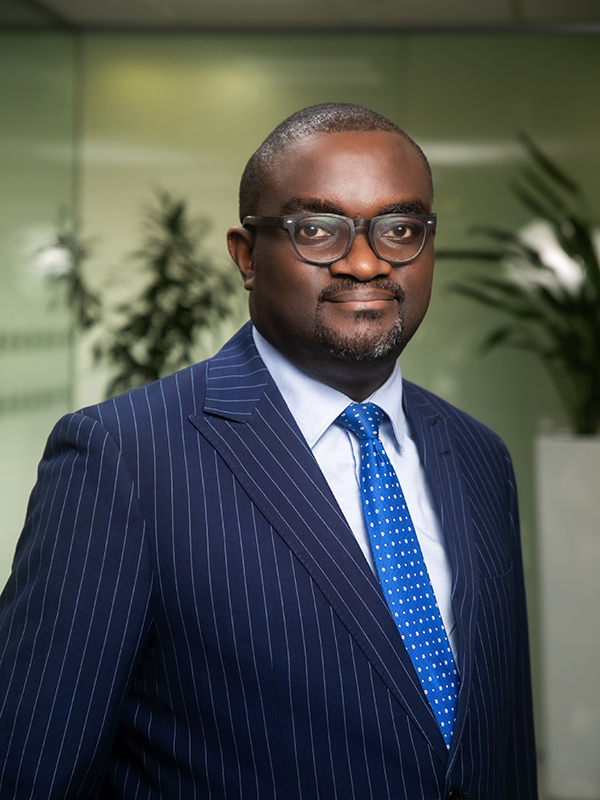Introduction
In September, the World Pension Summit (WPS), a platform for the global pension industry held its 2015 summit at The Hague, Netherlands. The theme of the global summit was “Building Better Pensions: Creating Long Term Value”. Even more recently, the WPS held its regional meeting for the continent, the World Pension Summit Africa Special 2015 between October 5 – 6 in Abuja, focusing on crucial pension matters such as; investing pension fund assets, security and regulation of pension assets, investing in alternative asset classes, infrastructure funds/bonds, and developing enough pipelines of profitable yet secure investment opportunities, among others.
The role of Pensions in economic development is gaining traction the world over. At a time when paucity of funds is commonly becoming a major impediment to economic growth, and panic exit of foreign direct investments (FDI) has left many developing economies’ financial markets in turbulence; advocacy for developing locally sourced capital such as pension funds for national development, is now a popular strategy discussed at development fora.
In this article, we take an analytical look at the relatively young but promising and potentially deep pension industry in Nigeria. While the revisited pension reforms of 2014 and the recently proposed regulations on investment of pension fund assets, are focused at deepening the pension market, particularly by enlarging the list of allowable investment instruments open to pension fund operators, the market may be open to more risks given the sensitivity of pension assets. The primary focus of this article is how to strike an appropriate balance between profitable investments on the one hand, and the security of investible assets on the other.
Current trends
Prior to 2004, the Nigerian pension industry under the old defined-benefit system (in which retirement benefits are fixed) had a deficit of over N2 trillion (about $12.9 billion). Since the 2004 reforms introduced the Contributory Pension Scheme (“CPS”), the industry has witnessed exponential growth. As at the end of September 2015, total pension contribution in the custody of Pension Fund Custodians (“PFCs”) and under management of Pension Fund Administrators (“PFAs”) including Closed Pension Fund Administrators, was in excess of N4.8 trillion (about $26 billion). However, according to an analysis by The Economist, this figure is only 5% of the country’s $510 billion GDP compared to 170% in the Netherlands, 131% in Britain and 113% in the US. The same analysis estimates Nigeria’s working population at about 80 million people, out of which only 6.5 million are currently enrolled into the CPS. These statistics show there is great potential for further growth. Mrs. Chinelo Anohu-Amazu, the Director-General, National Pension Commission (“PenCom”), the regulator of the pension sector, recently observed that the industry has been growing at 25% over the past nine years. She also noted that the industry outlook gives an expectation that this rate will at least be maintained, regardless of the economic down turn occasioned by falling oil prices and the national infrastructure deficit. This huge investible fund is a potential game changer and a key growth driver if securely and profitably invested.











